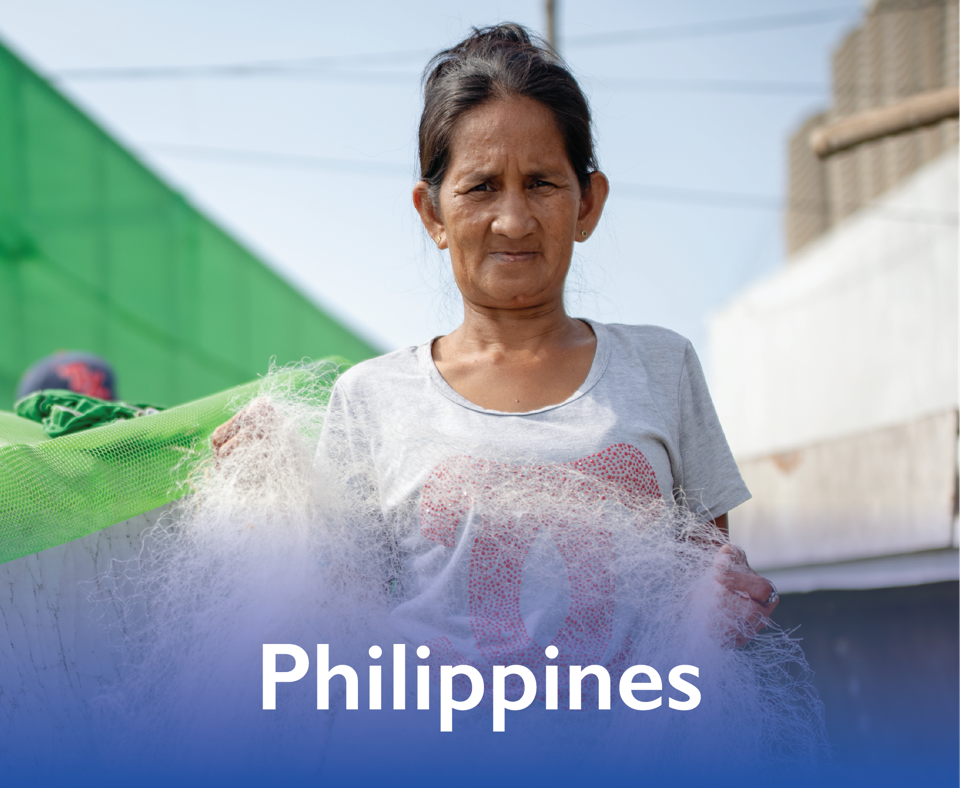Gender and Climate Change
EmPower: Women for Climate-Resilient Societies

The impacts of climate change, environmental degradation and disasters are unequally felt across Asia and the Pacific region. Women and marginalized groups have less access to information, resources, finance and technologies, leaving them with greater challenges in coping and rebuilding after a crisis. They also remain underrepresented in climate change, energy transition and disaster risk reduction (DRR) related decision-making.
Women can be powerful actors in accelerating change. But this requires collective, rapid efforts by governments, development partners, private sector, financing institutes, civil society groups and local communities. Without their participation, representation and leadership, the solutions and response to the climate emergency will continue to exclude their needs and undermine their rights.
Jointly implemented by UN Women and the UN Environment Programme, with support from the Governments of Germany, New Zealand, Sweden and Switzerland, the EmPower: Women for Climate-Resilient Societies (EmPower) programme aims to strengthen gender equality and human rights in climate change and disaster risk actions in the Asia and the Pacific region.
The EmPower programme works on three outcomes:
- Asia-Pacific actors increase action on gender responsive climate change adaptation and mitigation.
- Women in all their diversity and other marginalized groups are represented as key environmental actors in climate and DRR decision-making.
- Women and other marginalized groups in Asia-Pacific engage in climate-resilient livelihoods.
Through the first phase of the programme (2018-2022), UN Women, UNEP and partners have successfully engineered alternative livelihoods for vulnerable communities, reduced emissions through renewable energy and sparked intergovernmental commitments to ensure gender-responsive policies and actions in the Asia-Pacific region.
Over the next five years, UN Women and UNEP will scale up the lessons learned and the approaches developed by implementing the second phase of the EmPower programme (2023-2027).
For more information, please contact:
-
Maria Holtsberg
Portfolio Lead for Climate, Disaster Risk Reduction and Humanitarian Action
UN Women Regional Office for Asia and the Pacific
Email: [ Click to reveal ] -
Parimita Mohanty
Programme Management Officer, Renewable Energy
UNEP Regional Office for Asia and the Pacific
Email: [ Click to reveal ]




















